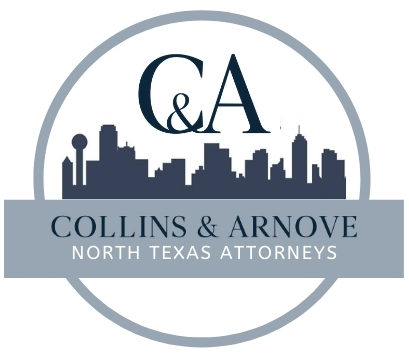The Required Secured and Priority Payments
Chapter 13 is used to pay back certain items that the Debtor cannot pay back on their own outside of the Bankruptcy. Some typical examples would include mortgage arrears, vehicles, IRS priority taxes, and Domestic Support Obligation Arrears.
Generally, the repayment terms within the Chapter 13 are better inside the plan than they would be outside of the Chapter 13 Plan.
Some of these items are required to be paid back and are called priority claims (IRS Taxes and Domestic Support Obligation Arrears). Some of these items are required to be paid back if the Debtor wishes to keep a given property (Mortgage Arrears or Paying back a Vehicle you are behind on).
The first step in determining your plan payment is how much these items are going to add up to over the plan. FOR MANY DEBTORS THIS IS ALL THEY ARE REQUIRED TO PAY BACK. THEY ARE NOT REQUIRED TO PAY BACK ANYTHING TO UNSECURED CREDITORS.
The Disposable Income Test
Some Debtors may be obligated to pay back more than the required secured and priority claims. The amount that they have to commit is based on a formula called the Disposable Income Test filled out through official form B22C in the Bankruptcy Schedules.
The basics of the Disposable Income test are this:
n You start out with your gross income (a six month average)
n You deduct out standard expense items based on your area and your household size (food, clothing, utility, transportation, etc). These are generally fixed amounts.
n You deduct out actual amounts for taxes, vehicle payments (60 month average), mortgage payment, health insurance, disability and life insurance, child care, 401K, etc
n This results in a net number which multiplied by 60 determines the total amount you must commit to your unsecured creditors.
The disposable income test is complicated! You need an experienced Bankruptcy attorney to help you make your Chapter 13 Plan Payment as low as possible.
